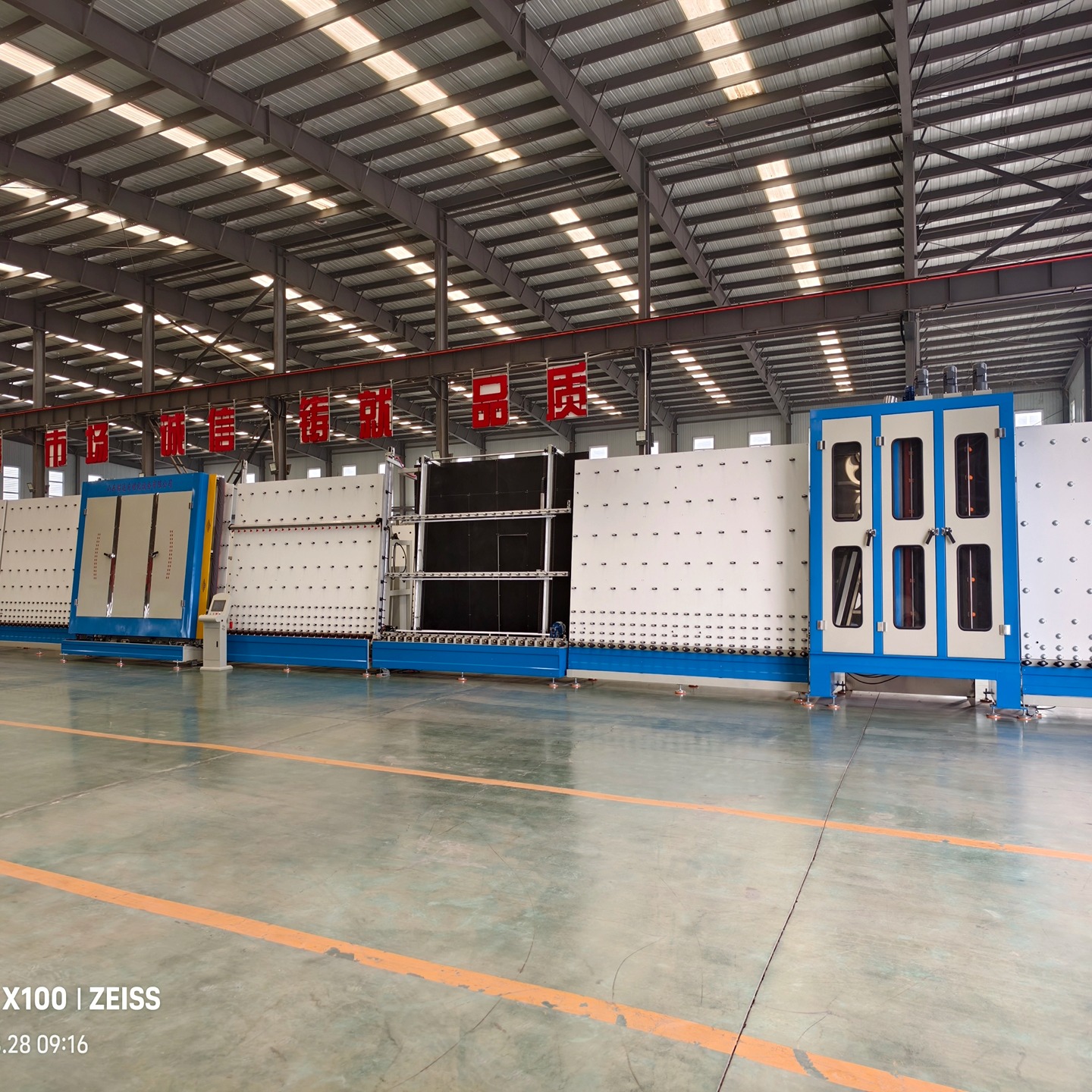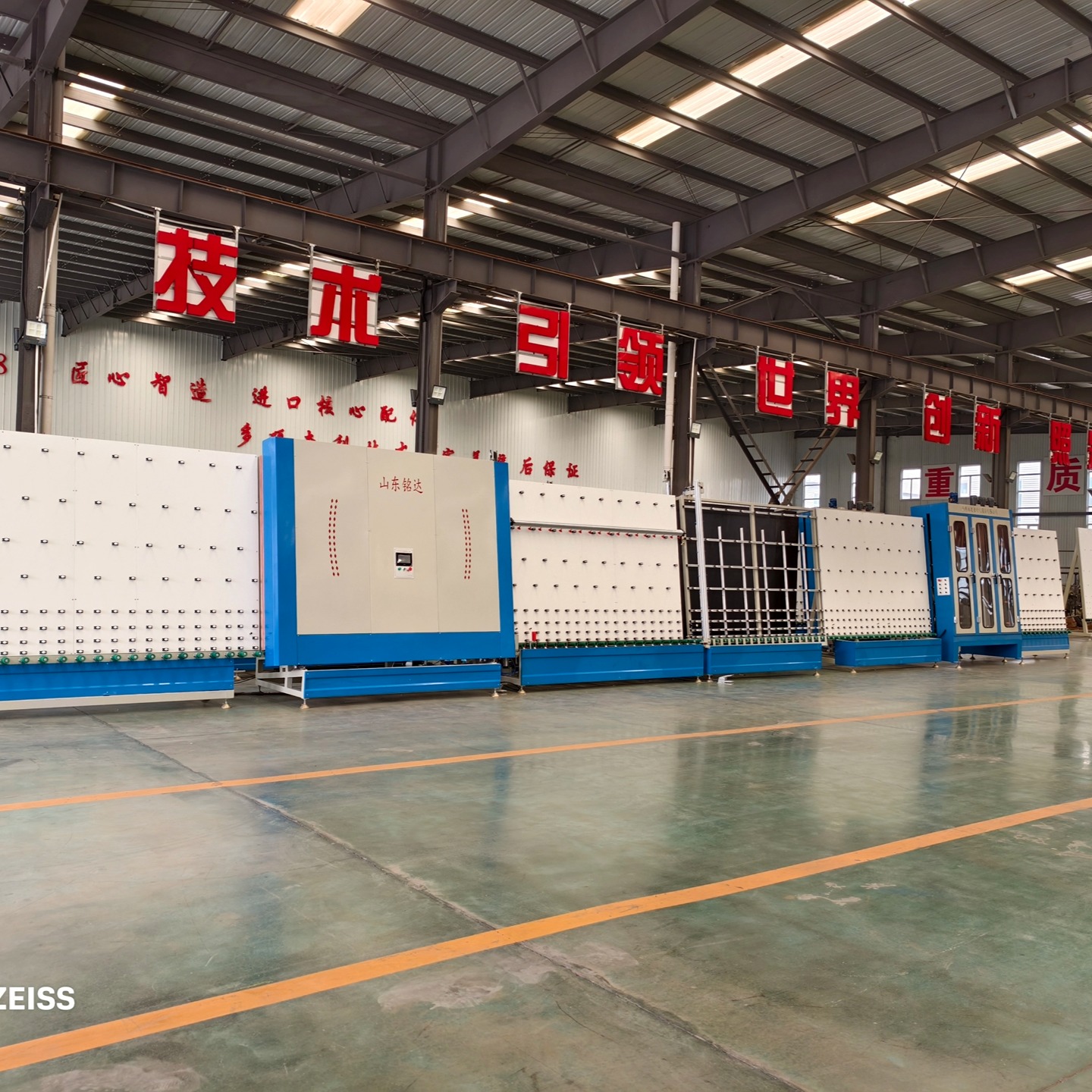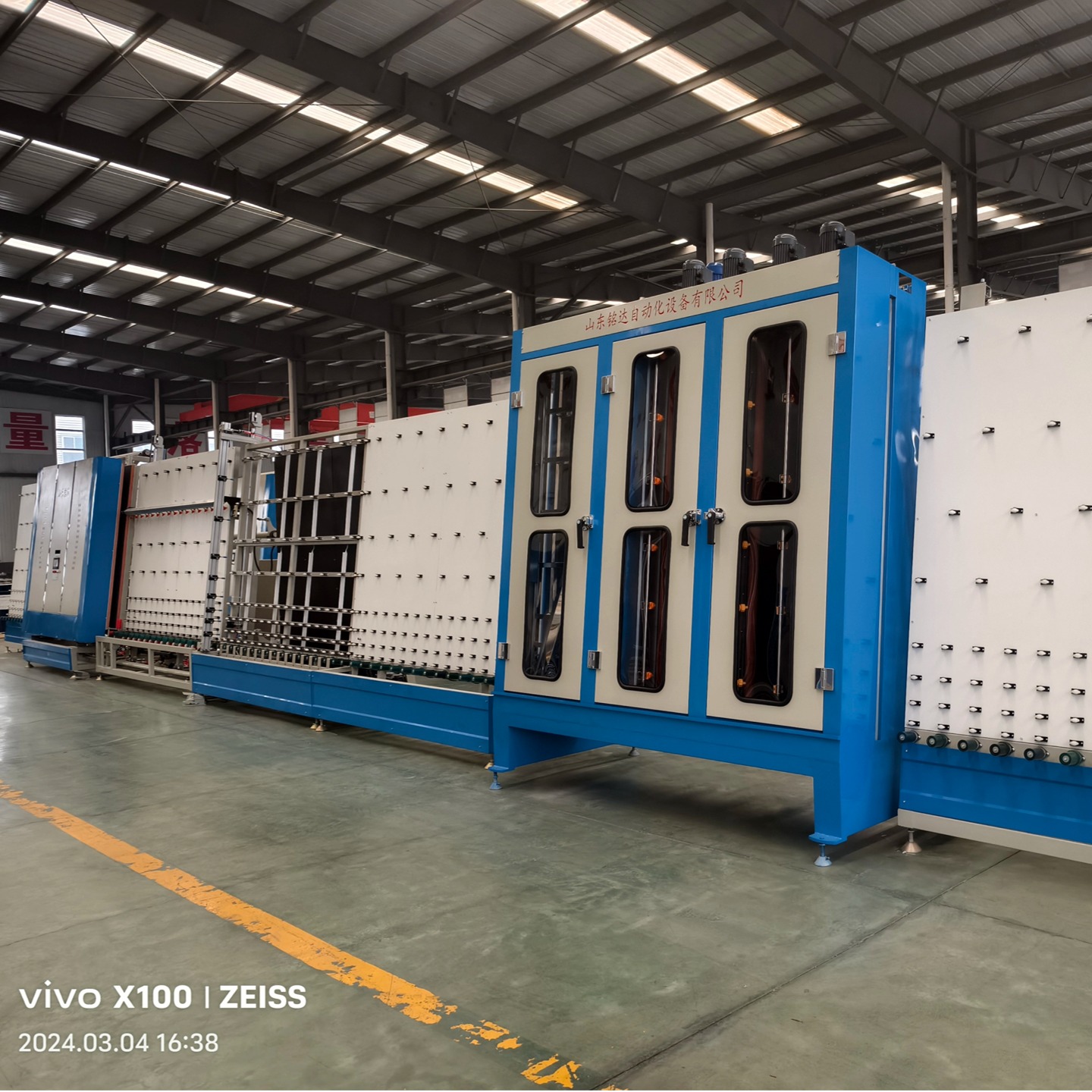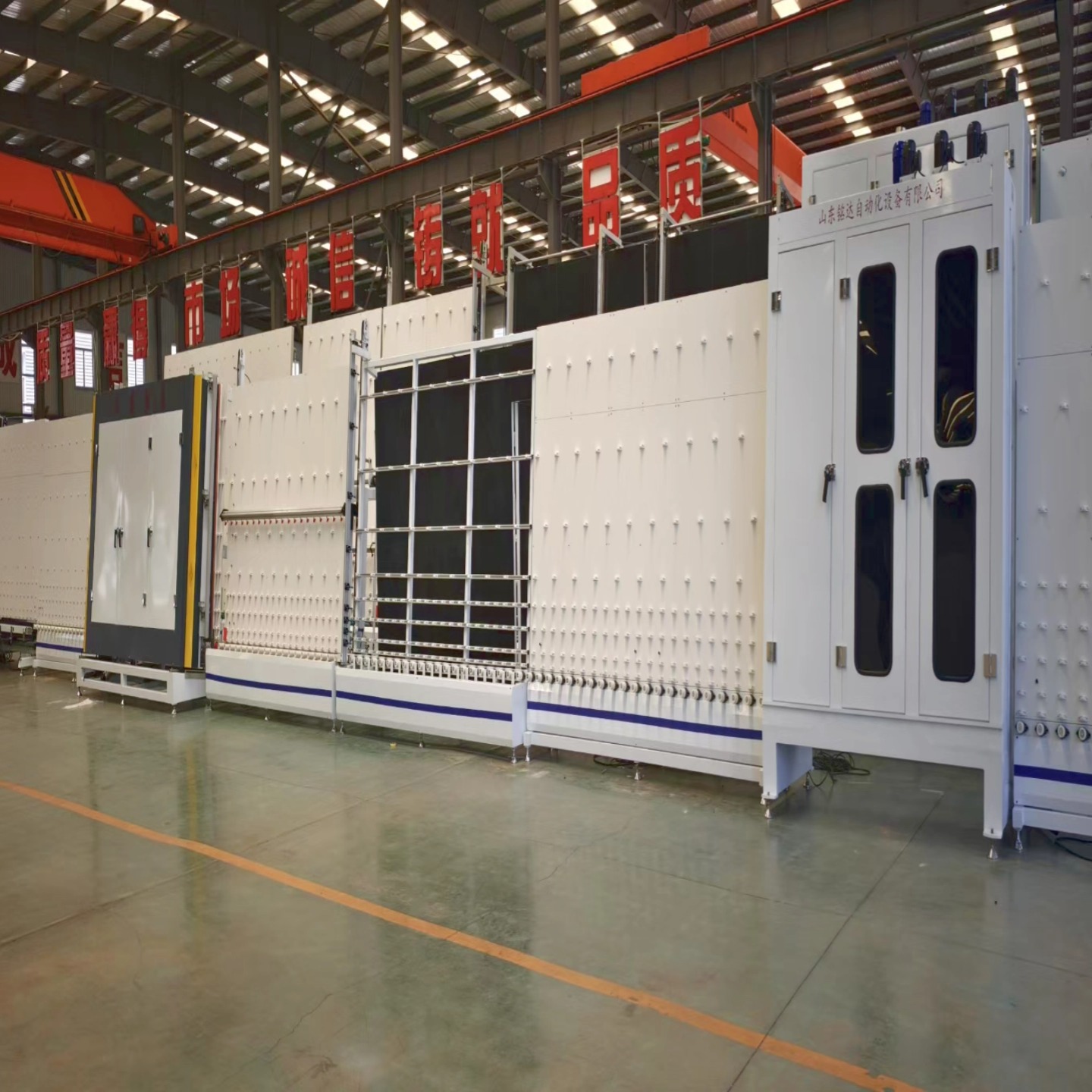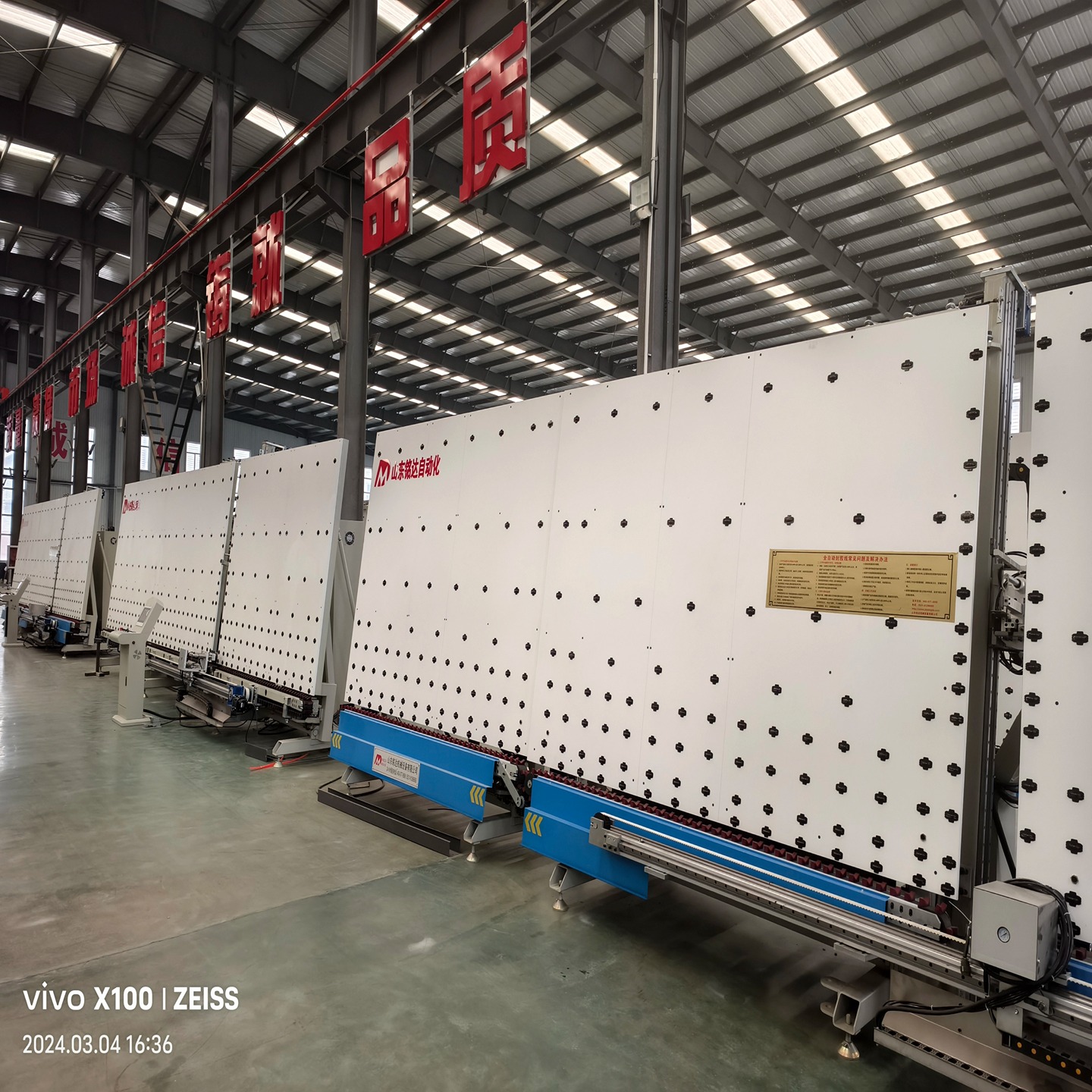A comprehensive strategic sourcing guide
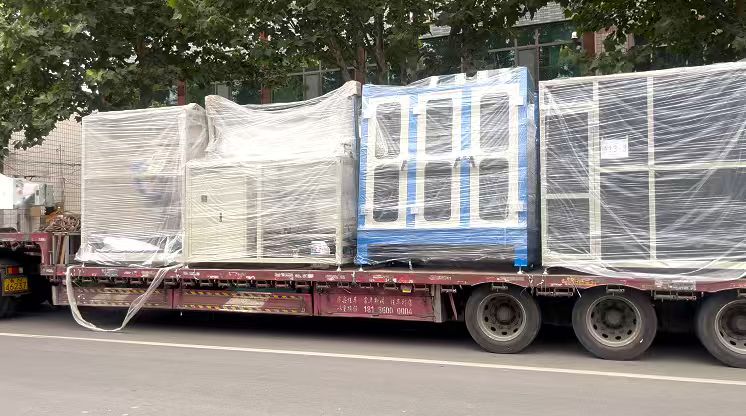
For insulating glass processing companies, the selection of production equipment is a crucial strategic decision. It is not only related to the initial capital investment, but also directly affects product quality, production cost and market competitiveness in the next few years. Faced with the numerous brands and models of equipment on the market, companies must not simply use price as the only criterion, but should conduct a systematic assessment—based on both current production needs and long-term development plans, and all-round considerations.
The following are the core steps and key considerations that companies should follow when selecting insulating glass equipment:
Step 1: Accurate self-positioning and needs analysis (clearly “what do I need”)
Before connecting with any equipment supplier, the first thing an enterprise should do is to sort out its core needs and avoid blind selection.
1. Product positioning and market goals:
Is your company mainly producing insulating glass for doors and windows of ordinary buildings, or insulating glass required for high-end energy-saving buildings, home appliances or special vehicles?
What specific requirements do customers have for product performance (such as heat transfer coefficient K value, insulation volume)? This demand directly determines whether the company needs to configure Low-E glass processing functions, gas filling systems, warm edge technology (such as TPS technology) and other equipment components.
2. Production capacity and efficiency requirements:
Determine the daily or annual output required by the company based on the existing order size and future development expectations. This data will determine the automation level and production cycle speed of the production line ——whether to choose a semi-automatic production line, a fully automatic production line, or a more flexible flexible production line must be based on this.
3. Budget and return on investment:
Develop an equipment purchase budget that is consistent with the actual situation of the enterprise, and conduct a return analysis on this investment. It is necessary to consider the additional benefits brought by improved product quality, increased production efficiency, and reduced scrap rate after the equipment is put into production, and evaluate the investment value of the equipment as a whole.
Step 2: Examine the core technical configuration of the device (examine "what it has")
After clarifying your own needs, you can conduct an in-depth investigation of the technical details of the device, focusing on the configuration of the following core modules:
1. Cleaning and drying system:
Water quality configuration: Is the equipment equipped with pure water or deionized water system? This is the basis for ensuring the cleanliness of the glass surface and directly affects the quality of subsequent processes.
Brush and air-drying design: What material is the brush made of? Does the air drying system blow out normal temperature air or heated air? What is the effect of air drying? These details are directly related to the quality of the bond between the sealant and the glass.
2. Sealing system (core component of the equipment):
Butyl glue machine: Does it adopt a double-cylinder pump design? Is the heating system running stably and heating evenly? Can the design of the glue nozzle ensure continuous glue dispensing, full glue volume and no bubbles?
Two-component glue machine: This is a key investment in equipment procurement. It is necessary to focus on the mixing ratio accuracy of the A and B components, the stability of the glue discharge pressure, and whether an efficient static mixer is equipped. Once the glue is mixed unevenly, the colloid will not solidify normally, leading to serious quality accidents.
3. Automation and control system:
PLC (Programmable Logic Controller): What brand is used? How is the operational stability? It is equivalent to the "brain" of the device and directly determines the overall operating efficiency of the device.
Human-machine interface: Is the operation intuitive and simple? Is the parameter setting flexible and can it adapt to the production needs of products of different specifications?
Transmission and positioning: What are the brands and accuracy of motors, servo systems and sensors? These components will directly affect the accuracy of glass lamination and the stability of equipment operation.
4. Optional advanced features:
Inflatable system: This system is essential for companies producing high-performance insulating glass. It is necessary to pay attention to the gas concentration detection accuracy and the matching of sealing speed and inflation rhythm to ensure that the gas retention rate in the glass cavity is at a high level.
Compatibility: Can the equipment process insulating glass with a three-glass, two-cavity structure and special-shaped insulating glass? Are aluminum spacers and warm edge spacers (such as TPS spacers) compatible? This will determine the adaptability and future development potential of the production line.
Step 3: Evaluate the comprehensive strength of the supplier (choose "Who do I trust?")
The choice of equipment supplier is also critical, because it will directly affect the enterprise's equipment use and service experience in the next 5 to 10 years.
1. Brand reputation and industry cases:
Understand the reputation of suppliers in the insulating glass equipment industry, and ask suppliers to provide successful cases that have been put into production, and visit them on the spot to observe the actual operation of the equipment with your own eyes.
2. Technical support and after-sales service:
What is the response time for after-sales service? Has the supplier established a permanent service engineer team and spare parts warehouse in the country?
Are the equipment installation and commissioning services professional and in place? Is technical training comprehensive? These will affect whether the equipment can be put into production quickly and perform at its best.
3. Spare parts supply and cost:
Understand the prices and supply cycles of commonly used spare parts for equipment to avoid "stuck" due to shortage of spare parts or excessive prices when equipment fails later, affecting production progress.
Step 4: Indispensable on-site verification (seeing is believing)
1. On-site trial production:
If conditions permit, be sure to use the company's own original glass sheets and production materials to conduct on-site trial production on the target purchased equipment. This is the most direct and effective way to check the actual performance of the equipment.
2. Inspect the quality of the finished product:
Carefully check the insulating glass samples produced on-site for trial production - is the butyl glue coating uniform and full? Does the second coat of sealant have a smooth appearance? Is the filling volume of molecular sieve sufficient? These details are a direct reflection of the accuracy and performance of the equipment.
Selecting insulating glass equipment is essentially an important practice in converting an enterprise's development strategy into actual production capacity. This requires decision makers to have both professional technical vision and long-term business vision. Through clear self-positioning, in-depth technical inspections, prudent supplier evaluation and pragmatic on-site verification, enterprises can purchase the most suitable "production tools" for their own development. In the fierce market competition, they can build solid quality and cost advantages to protect the development of enterprises.
